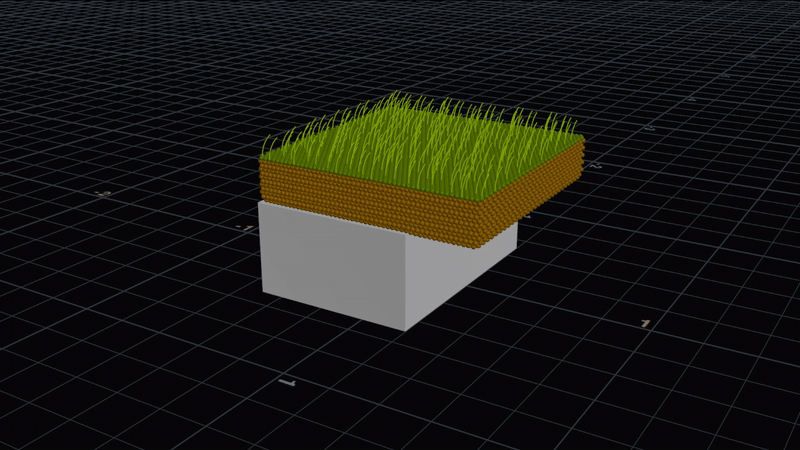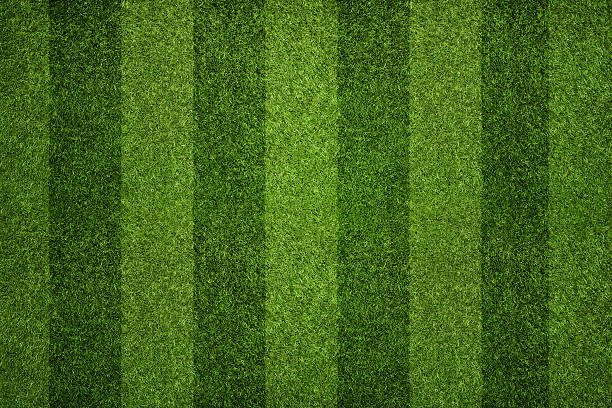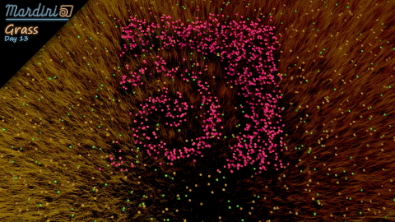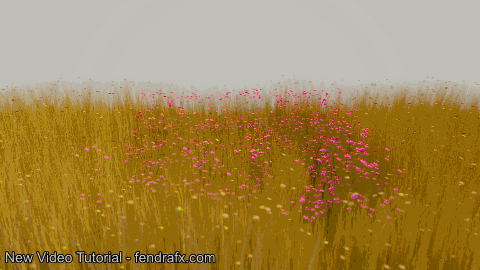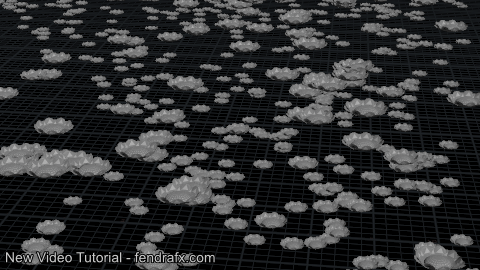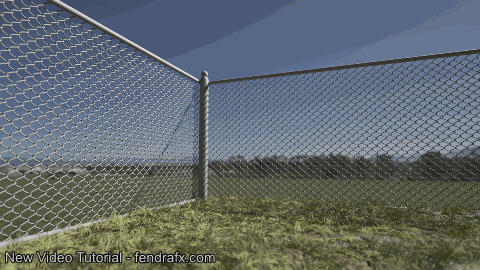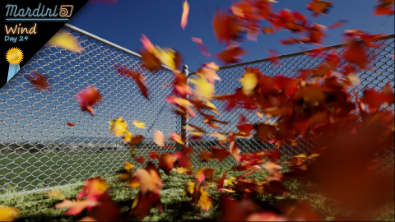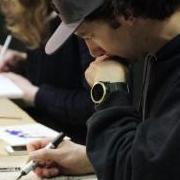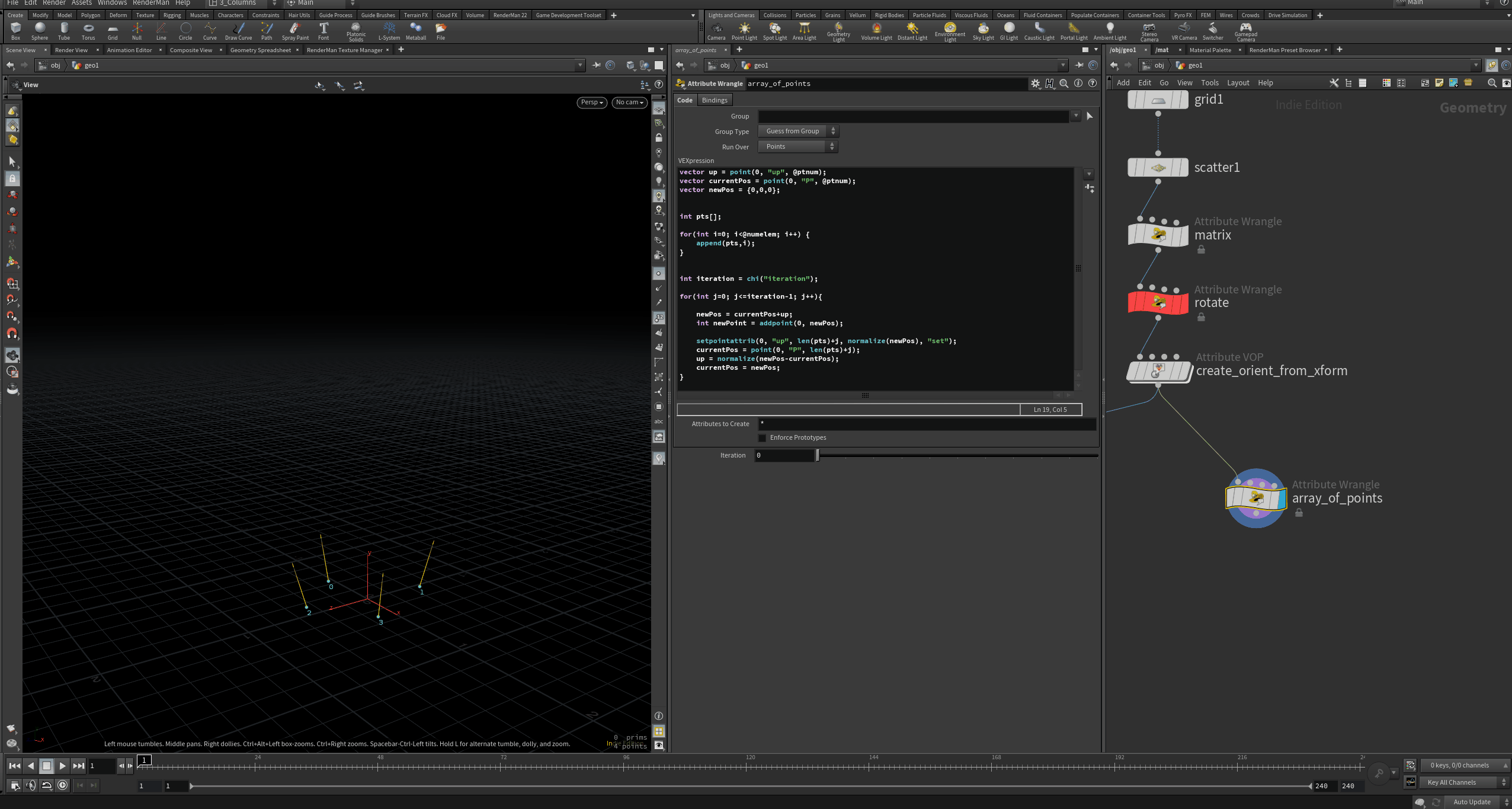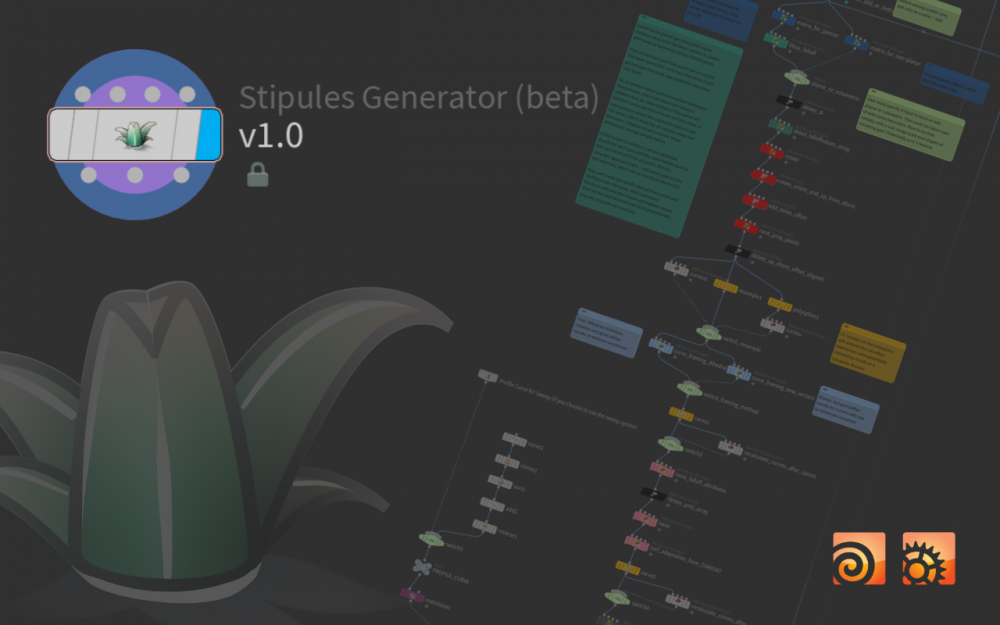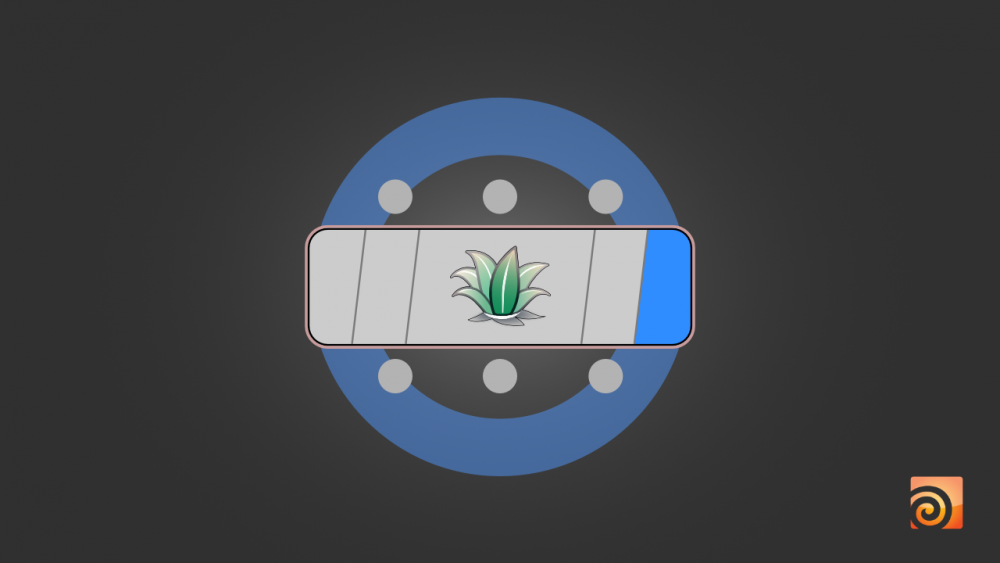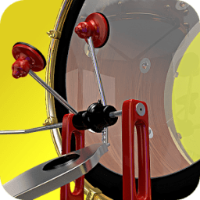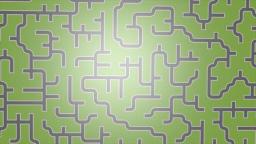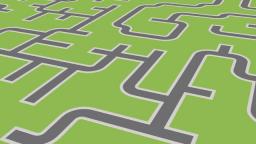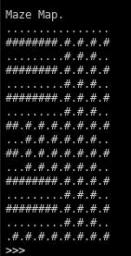Search the Community
Showing results for tags 'grass'.
-
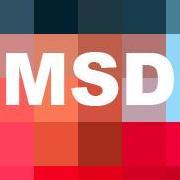
Help Aligning Grass with Vellum Grains Simulation
Masoud posted a topic in General Houdini Questions
Hi everyone, I'm trying to copy some grass onto the top of my Vellum grains simulation. However, the grass blades aren't aligning with the direction of the grains — they always point straight up instead of following the grains' orientation. Does anyone know how I can make the grass follow the grains' axis properly? Thanks in advance for your help! Grain Grass_01.hip- 10 replies
-
- orientation
- grass
-
(and 1 more)
Tagged with:
-
I am a newbie to Houdini, and I was trying to find a way to generate grass in Houdini using a Texture. Just like how you see the Colors in the Image it has to be similar, the only difference between what I need and in the image are the Stripes in the Image are at a perfect distance, while in the one which I have they are a bit more organic, so they spread out a bit more naturally. Thanks!
-
Free video tutorial can be watched at any of these websites: Fendra Fx Vimeo Side Fx Project file can be purchased at Gumroad here: https://gumroad.com/davidtorno?sort=newest
-
Free video tutorial can be watched at any of these websites: Fendra Fx Vimeo SideFx Project file can be purchased at Gumroad here: https://gumroad.com/davidtorno?sort=newest
-
Hello guys, I am trying to recreate a helicopter landing scene on grass. I am new to Houdini and I was trying to use hair and a radial force to create the effect but not really having much good results. Could someone give me some tips on how to achieve the result? Thanks Luca
-
[Edit Oct. 10 2020] Hey, it's been a while. Version 2.1 free here: https://gum.co/tuftMaker So, I think I got totally carried away adding parameters and functionality. Good exercise, but I'm lost in it and probably you will be, too. Anyway, feel free to dissect the HDA and I hope there are bits and pieces that could be useful. That's not to say it doesn't work or anything, it does but it takes a moment to understand how, haha! Cheers! PAST BETA UPDATES: - Fixed: wrong falloff values with geo coming in through input #2 - Fixed: Global seed for scattering not working when input #4 is connected. - New: outputting 'type' primitive int attribute based on the iteration attribute if such is coming in through input #4 - The following documentation video demos available via F1: LATEST WIP UPDATE: Debugging - Fixed scaling for anything outside the unit circle. - Fixed curve framing with extreme angles by using dihedral to minimize rotation (thanks to Entagma for the theoretical insight on this one) - Addressing tiny falloff value differences with a statistical variance check and a threshold parameter. (e.g. when the sample points are in a circle). - Floating-point precision fix. - Post carve 'curveu' recalculation takes care of the vertex colors ramp now. Features - Added point sampling mode switch (cone cap or cone volume) - Added twist control - (Obsolete since H18) Added per connected mesh UVs using Toraku's "Get correct uvs with a sweep sop" fix - http://www.tokeru.com/cgwiki/index.php?title=Houdini#Get_correct_uvs_with_a_sweep_sop - "Listening" for N and iteration attributes. - Using the new sweep sop now. ---------------------------------------------------------------------------------------------------------------------------------------------------- THE BEGINNING OF THIS THREAD BELOW ---------------------------------------------------------------------------------------------------------------------------------------------------- Hi folks, How would you go about adding points in a propagating manner in VEX. Here's what I mean: - Start with several incoming base points, each with an up vector. - For each one, add a new point somewhere along its up vector. - Calculate a new up vector by subtracting base positions from new point positions and setting the new point up vector to the result - Add the next new point somewhere along the previous point's up vector So, I called it propagating, because every next point in part defines the following. I think I'm on the right track here, but my gut's telling me I'm missing something. I'm stuck. Here's what I got: vector up = point(0, "up", @ptnum); vector currentPos = point(0, "P", @ptnum); vector newPos = {0,0,0}; int pts[]; for(int i=0; i<@numelem; i++) { append(pts,i); } int iteration = chi("iteration"); for(int j=0; j<=iteration-1; j++){ newPos = currentPos+up; int newPoint = addpoint(0, newPos); setpointattrib(0, "up", len(pts)+j, normalize(newPos), "set"); currentPos = point(0, "P", len(pts)+j); up = normalize(newPos-currentPos); currentPos = newPos; } Where do you think I'm wrong here. What would you do? Cheers!
-
Hi All, I have my first success with generating objects using Python in Houdini and I thought I post a couple of images. The concept is that an ASCII based maze is generated internally with gaps and walls. The code converts gaps into roads and walls into grass. At each step in the maze neighbors are examined and a different tile type is used that fits requirement for that space in the maze. ASCII View: Top View: Camera View: The Basic Tile Set: pieces that make up the final image.

